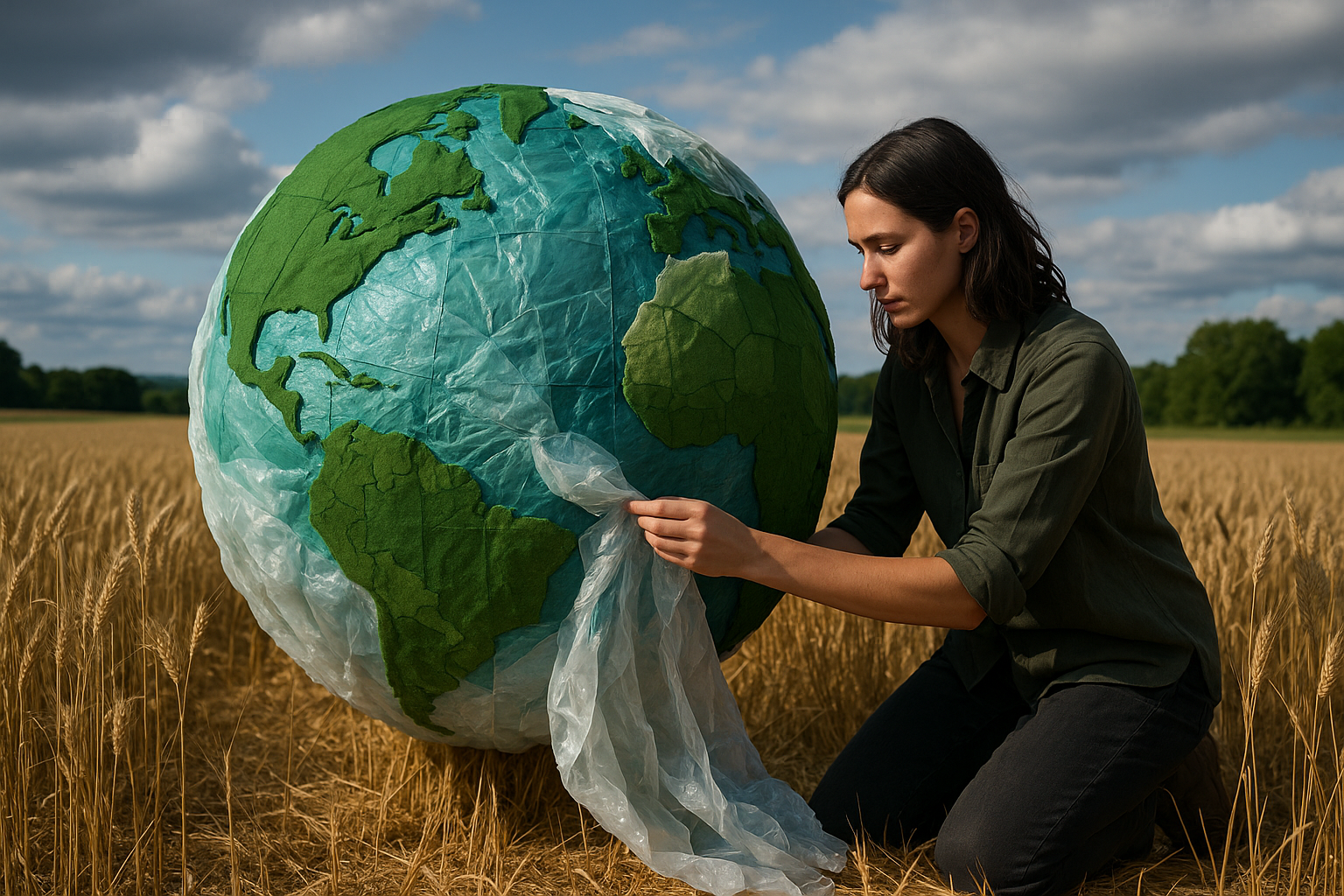New Wave of Environmental Art: An Interplay of Aesthetics and Activism
Introduction: A burgeoning movement is taking the arts and entertainment world by storm: environmental art. This creative expression is more than just a trend—it's a bold statement about climate change, sustainability, and our relationship with Mother Earth.

A Historical Overview of Environmental Art
Environmental art, also known as eco-art, is not a recent phenomenon. Its roots trace back to the late 1960s and early 1970s, coinciding with the rise of the environmental movement. Artists like Robert Smithson, with his iconic work “Spiral Jetty,” and Christo and Jeanne-Claude, known for their massive fabric installations, pioneered this genre. Their works, often dramatic in scale and immersive by nature, strove to highlight the interconnectedness of humans and the environment.
The Modern Relevance of Environmental Art
In the face of the climate crisis, environmental art has undergone a resurgence. This renewed interest is not only about incorporating natural elements into the artwork but also about using art as a medium to communicate urgent environmental issues. From melting ice sculptures symbolizing global warming to installations made from recycled materials, these artworks compel us to confront our ecological footprint.
Impact and Reception of Environmental Art
Environmental art has made a significant impact, disrupting the conventional boundaries of art and activism. It has been applauded for its ability to communicate complex environmental issues in a visceral and aesthetic manner. However, it has also faced criticism. Some question the environmental impact of large-scale installations, while others argue that it risks simplifying complex issues.
High-Profile Environmental Artists and their Contributions
Several artists have made notable contributions to the environmental art movement. Agnes Denes, best known for her “Wheatfield – A Confrontation” in downtown Manhattan, uses her artwork to comment on human values and ecological concerns. Andy Goldsworthy, a British sculptor, creates site-specific installations from natural materials, emphasizing the ephemeral nature of life.
The Future of Environmental Art
As we grapple with the realities of climate change, environmental art is likely to become even more relevant. It holds the power to move people, evoke emotions, and inspire change – a potent tool in our fight against environmental destruction. Whether through large-scale installations, intimate performances, or digital media, environmental art promises to remain at the forefront of cultural conversation.
In conclusion, environmental art is a dynamic and vital movement within the arts and entertainment industry. Its unique blend of aesthetics and activism offers a fresh perspective on our relationship with the environment, challenging us to view our world through a more conscious lens.




